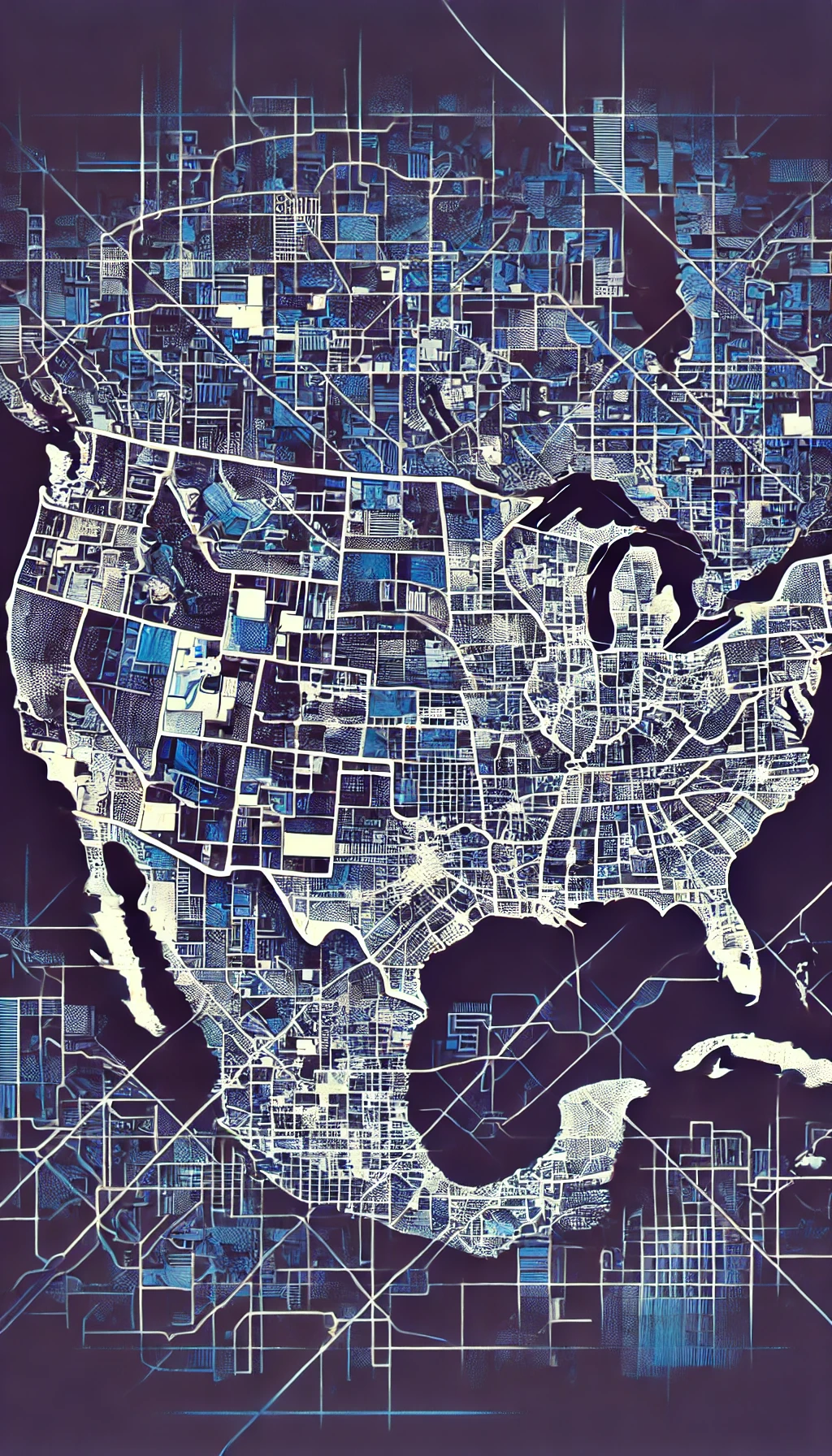Why Traditional City, County, and Zip Code-Based Solutions Fall Short
In many industries, location-based decisions are critical. Whether it's insurance underwriting, logistics planning, marketing, or urban development, the ability to analyze and act on geographical data can be a game-changer. Traditionally, many businesses rely on city, county, or zip code-based solutions to segment and analyze data. While these methods have served well for years, they come with inherent limitations that can hinder accuracy, efficiency, and decision-making.

Limits
Inconsistent Size and Shape: Cities, counties, and zip codes vary widely in size and shape. A zip code in a rural area might cover hundreds of square miles, while a zip code in an urban area might cover only a few blocks. This inconsistency makes it difficult to perform uniform analyses across different regions. For example, assessing risk or market potential using these boundaries can lead to skewed results because the data within each boundary might not be representative of the area as a whole.
Arbitrary Boundaries: The boundaries of cities, counties, and zip codes are often drawn based on political, administrative, or historical factors rather than logical or practical considerations. This can result in arbitrary divisions that don’t align with the realities of the business landscape. For instance, a zip code boundary might split a high-risk flood zone in half, leading to incomplete risk assessments for properties on either side of the line.
Lack of Granularity: City, county, and zip code boundaries can be too broad to capture the nuances of a particular area. In industries like insurance and logistics, where precise location data is crucial, these broad boundaries can lead to generalized conclusions that overlook important details. For example, in insurance, using a zip code to assess risk might ignore micro-level factors like neighborhood crime rates or proximity to a hazardous site.
Static Boundaries: City, county, and zip code boundaries are relatively static and don’t change frequently, even as the underlying areas evolve. This can be problematic in fast-growing regions where population density, infrastructure, and land use are rapidly changing. Relying on outdated boundaries can lead to decisions based on stale or irrelevant data.
The Power of the Grid System
The Location Grid system offers a modern, flexible alternative to traditional geographic segmentation. By dividing areas into consistent, manageable grids, this system addresses the shortcomings of city, county, and zip code-based solutions, providing businesses with more precise, actionable insights.

Power
Uniform and Consistent Grids: Unlike the irregular shapes and sizes of traditional boundaries, grids are uniform and consistent in size, ensuring that each grid represents an equal area. This uniformity allows for more accurate comparisons and analyses across different regions, eliminating the biases introduced by inconsistent boundaries.
Logical Divisions Based on Location: Grids are created based on logical geographic divisions rather than political or historical boundaries. This means that each grid accurately represents the area it covers, leading to more reliable and relevant data. Whether assessing risks, optimizing routes, or planning expansions, businesses can make decisions based on the true characteristics of a location.
Enhanced Granularity: The grid system provides a level of granularity that city, county, and zip code-based solutions simply can’t match. By breaking down areas into smaller, more precise units, businesses can drill down to the neighborhood level, capturing detailed insights that are often missed by broader boundaries. This granularity is especially valuable in industries where even small differences in location can have a significant impact on outcomes.
Dynamic and Scalable: Grids can be dynamically generated and easily scaled to match the needs of the business. Whether you need to analyze a small urban area or a vast rural region, the grid system can be adapted to provide the appropriate level of detail. As regions evolve, grids can be updated or refined to reflect changes, ensuring that your data remains relevant and up-to-date.
Uniform
One uniform way to identify an area.
Utility Across Industry
Insurance? Logistics? Risk Mgmt? we got you all covered.
Super easy API
One simple API to tag a location id.
Self Service Configuration
Non geek friendly self service configuration